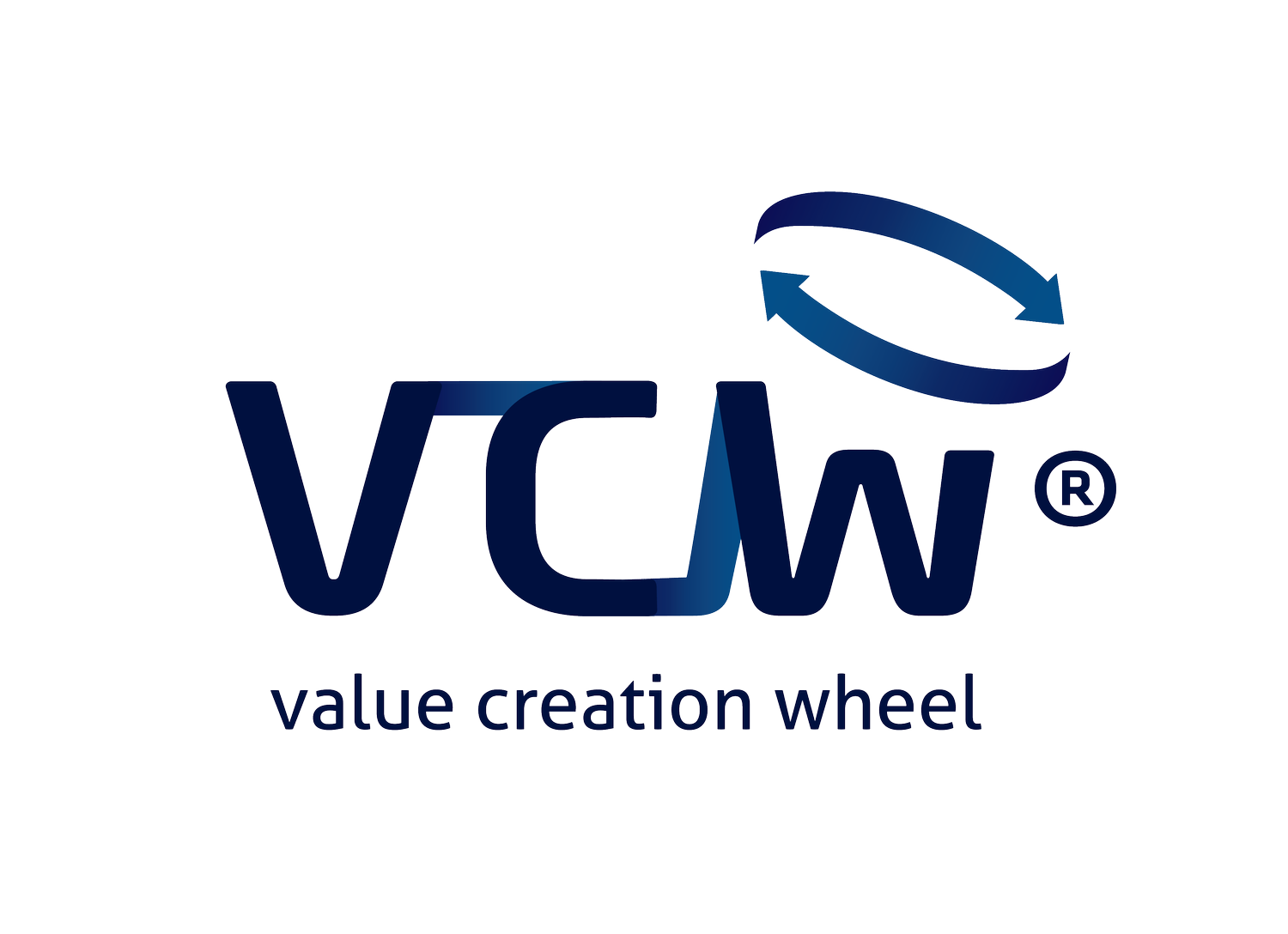CW 4 CTA: Flood Forecasting in Thailand
Launching an Earth Observation-based flood extent mapping service in Southern Thailand.
What is the most attractive geographical market for CTA start-up in the flood forecasting industry, using earth observation services.
CTA applies the Value Creation Wheel to determine the optimal market for its flood forecasting service, targeting insurance companies and NGOs in Southern Thailand.
Overview
This presentation outlined CTA's plan to launch a flood extent mapping service using Earth Observation (EO) data. The Value Creation Wheel (VCW) framework was used to identify Southern Thailand as the most attractive market. The service is based on technology from DHI (Danish Hydraulic Institute).
Application: Using VCW to identify a country
Discover Value (Phase 1): Defined CTA's vision (faster and more accurate flood extent mapping) and mission (providing real-time mapping). Positioned CTA as a downstream service provider (agent of DHI). Identified key clients (urban planners, NGOs, governments, private companies). Performed PESTEL, Porter's Five Forces, competitor, SWOT, and TOWS analyses. Aligned with SDGs, the Paris Agreement, and the European Green Deal. Defined KPIs and conducted stakeholder analysis.
Induced Solutions & Filters (Phase 2): Considered all 193 UN countries as potential solutions. Generated 66 filters using primary (brainstorming, stakeholder interviews) and secondary data.
Selecting Filters (Phase 3): Used the POCR method to reduce the filter set to 8 global and 7 local filters. Ranked the global filters based on importance (annual precipitation, population density, etc.).
Value Creation Funnel (Phase 4a): Applied the global filters, leading to Thailand. Applied local filters, leading to Southern Thailand. Used the MCDA method, confirming Southern Thailand.
Positioning & Prototype (Phase 4b): Performed market research on Thailand's flood situation. Conducted an STP analysis (segmentation, targeting, positioning), focusing on insurance companies and NGOs. Developed a Blue Ocean Strategy, highlighting CTA's differentiation (speed, accuracy, customer service). Created website and mobile application prototypes.
Consolidation (Phase 5): Presented the business model canvas (including eco-social aspects). Detailed manpower requirements (including hiring an account manager, data analyst, and software developer), a timeline (Gantt chart), and financial needs (€335,000). Reviewed KPI achievement.
Key Takeaways
Target Market: Southern Thailand was selected due to its high flood risk, population density, government commitment to flood management, and alignment with SDGs.
Value Proposition: CTA provides fast, accurate, and customized flood extent maps, leveraging DHI's technology and offering superior service compared to competitors.
Competitive Advantage: CTA differentiates through its near real-time mapping, use of multiple data sources, intuitive platform, and customer-centric approach.
Pricing Strategy: Subscription-based pricing for key accounts (€10,000/month) and per-square-kilometer pricing for smaller accounts.
Funding Need: €335,000 is required for the first year of operation, primarily for personnel costs.
Conclusion
The company provides maps and reports of flooded regions. Challenges for the company are getting initial funding, the need for future partnerships, and staff recruiting.


